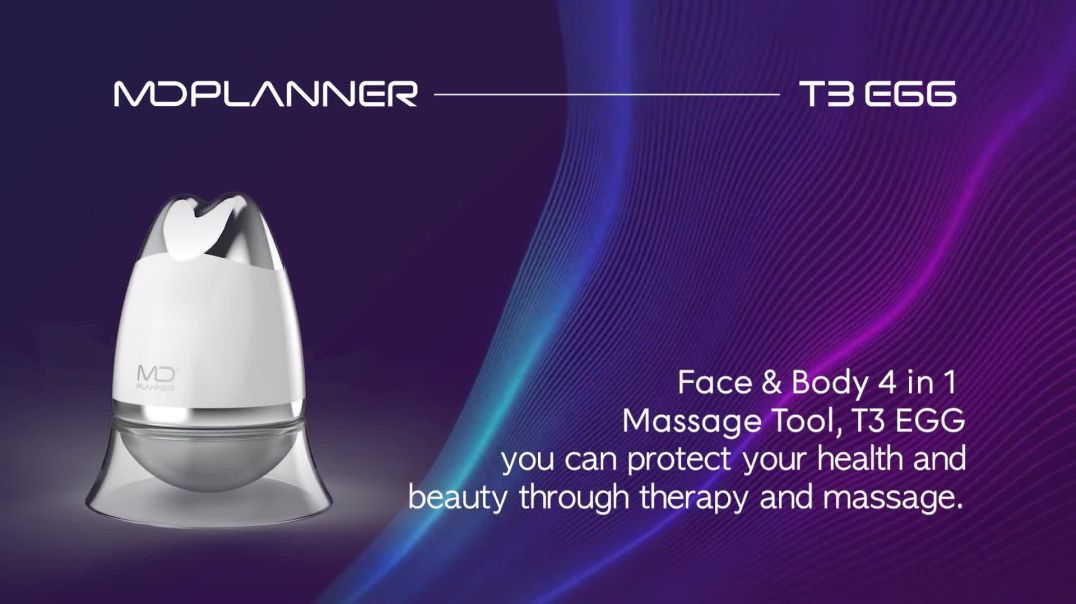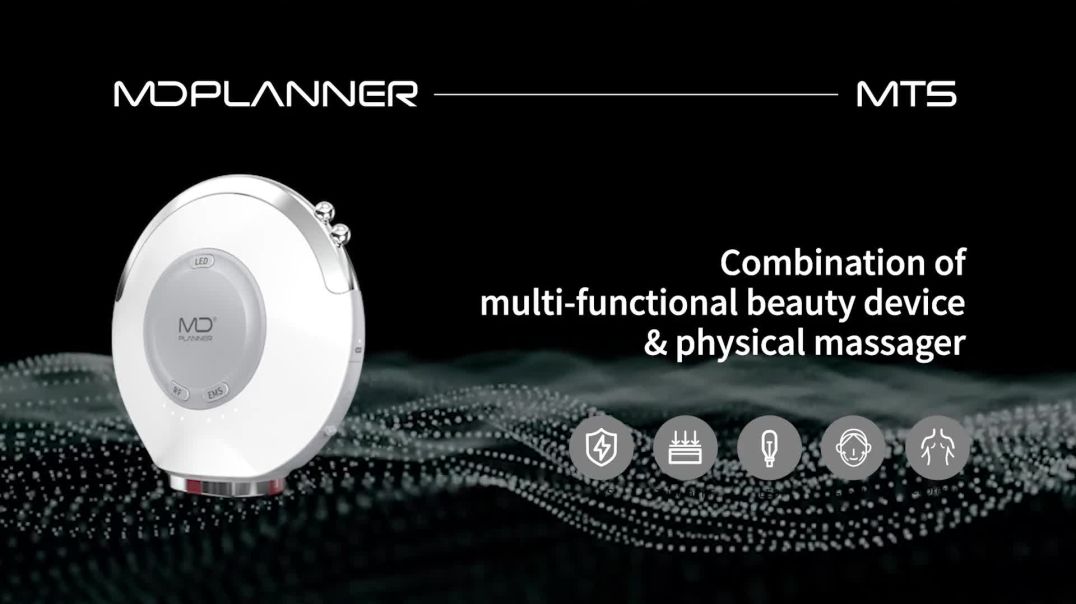Introduction
Imagine a world where the education system is not just about grades, but a holistic approach to nurturing innovation and creativity. Auckland's top-ranked high schools are often celebrated for their academic excellence, but there’s more beneath the surface that contributes to their stellar reputation. While many attribute their high rankings to rigorous academic programs, the reality is that these schools are also crucibles of innovation and creativity, key factors that are often underplayed in public discussions.
In New Zealand, education is a critical pillar in shaping the future workforce, especially in a rapidly evolving economic landscape driven by technology and innovation. As reported by the Ministry of Business, Innovation and Employment (MBIE), industries in New Zealand are increasingly reliant on creative and STEM (science, technology, engineering, and mathematics) skills, which are crucial for sustaining economic growth. This article will delve into the lesser-known factors that contribute to Auckland high schools' success, offering insights for innovation consultants looking to foster similar environments in educational settings.
Join the conversation: What innovative practices have you witnessed in education? Share your experiences below!
The Hidden Drivers Behind High Rankings
Auckland's high schools often feature prominently in rankings due to their academic achievements, but these results are not solely the product of traditional teaching methods. Several hidden factors contribute significantly to their success:
- Focus on Innovation and Creativity: Schools have integrated creative problem-solving and critical thinking into their curricula, encouraging students to think beyond textbooks. This approach aligns with New Zealand’s emphasis on nurturing future innovators.
- Strong Community and Industry Engagement: Partnerships with local businesses and community organizations provide students with real-world experiences and mentorship opportunities, which are invaluable for developing practical skills.
- Emphasis on Emotional Intelligence: Schools are prioritizing emotional and social skills, recognizing their importance in both personal development and professional success.
Case Study: Auckland Grammar School – Bridging Academia and Innovation
Problem: Auckland Grammar School, one of New Zealand's most prestigious institutions, faced challenges in keeping its curriculum relevant to the rapidly changing job market. Traditional methods were not sufficient to equip students with necessary 21st-century skills.
Action: The school implemented a comprehensive program integrating technology and innovation into its curriculum. They introduced courses in coding, robotics, and digital design, while also partnering with tech companies for internships and workshops.
Result: Within two years, Auckland Grammar saw a marked improvement in student engagement and academic performance. Students participating in innovation-focused programs reported a 30% increase in STEM-related scholarship applications.
Takeaway: This case illustrates the importance of integrating innovation into education to prepare students for future challenges. For New Zealand schools, focusing on technology and industry partnerships can significantly enhance student outcomes.
Data-Driven Insights on Education Trends in New Zealand
According to Stats NZ, the education sector is undergoing significant transformation, with a 25% increase in funding for STEM programs over the last five years. This investment is driven by the need to equip students with skills that align with the demands of New Zealand's growing tech industry.
A Deloitte report highlights that 72% of educators in New Zealand plan to integrate more technology into their teaching methods over the next decade, recognizing the role of digital literacy in student success. This trend is expected to contribute to a more adaptive and innovative education system.
Pros & Cons of Current Education Approaches
While Auckland's high schools are exemplary in many ways, there are both advantages and disadvantages to their approaches:
Pros:
- Enhanced Learning Experiences: The integration of technology and innovation into the curriculum has led to more engaging and interactive learning experiences.
- Preparation for Future Careers: Students are better prepared for careers in emerging industries, thanks to a focus on STEM and creative skills.
- Community Involvement: Strong ties with local businesses and organizations provide students with invaluable real-world insights and opportunities.
Cons:
- Resource Allocation: Implementing innovative programs requires significant investment, which can strain school budgets and resources.
- Equity Concerns: Not all schools have equal access to technology and industry partnerships, leading to disparities in education quality.
- Resistance to Change: Some educators and parents may resist changes to traditional teaching methods, preferring established approaches.
Addressing Common Myths & Mistakes
Several misconceptions surround Auckland's high-ranking schools:
Myth: "High rankings are solely due to academic performance."
Reality: While academics are important, factors such as innovation, community involvement, and emotional intelligence are also crucial contributors.
Myth: "Only elite schools can achieve high rankings."
Reality: Schools of all backgrounds can achieve success by integrating innovative teaching methods and fostering industry partnerships.
Myth: "Traditional teaching methods are more effective."
Reality: Modern teaching approaches, which emphasize creativity and technology, are proving to be more effective in preparing students for future challenges.
The Future of Education in New Zealand
The future of education in New Zealand is poised for exciting developments. According to a report by the University of Auckland, by 2030, it is anticipated that more than 50% of high schools will implement integrated digital learning environments, leveraging AI and personalized learning tools to enhance educational outcomes.
Additionally, the New Zealand government is expected to increase funding for educational programs that promote diversity and inclusion, recognizing the importance of a well-rounded education in fostering innovative thinking.
Conclusion & Call to Action
The hidden factors contributing to Auckland high schools' high rankings reveal the importance of innovation, community involvement, and holistic education. For innovation consultants, these insights offer valuable lessons in fostering environments that nurture creativity and critical thinking.
As New Zealand continues to evolve, the education system must adapt to meet the needs of future industries. By embracing innovative teaching methods and fostering strong community partnerships, schools can equip students with the skills needed to thrive in an ever-changing world.
What steps can you take to promote innovation in education? Share your thoughts and join the discussion below!
People Also Ask (FAQ)
How do Auckland high schools integrate innovation into their curriculum?
Auckland high schools incorporate innovation by offering courses in technology, partnering with local industries for real-world learning experiences, and emphasizing creative problem-solving techniques.
What are the biggest misconceptions about high-ranking schools in Auckland?
A common misconception is that high rankings are solely due to academic performance, while factors such as innovation, community involvement, and emotional intelligence play significant roles.
What upcoming changes in New Zealand education could impact students?
By 2030, New Zealand's education system is expected to integrate more digital learning environments, emphasizing AI and personalized learning tools for enhanced educational outcomes.
Related Search Queries
- Top high schools in Auckland
- Innovative teaching methods in New Zealand
- STEM education trends in NZ
- Community partnerships in education
- Future of education in New Zealand






























